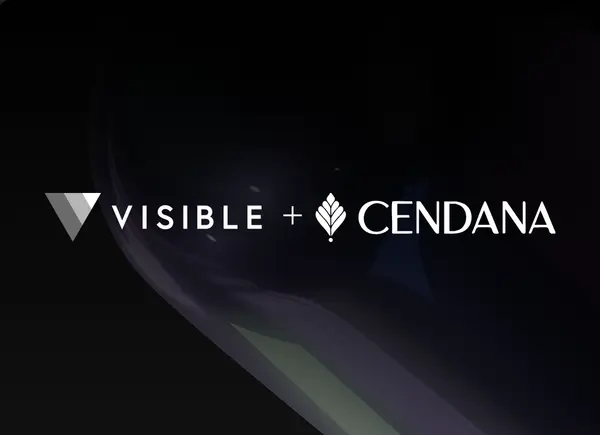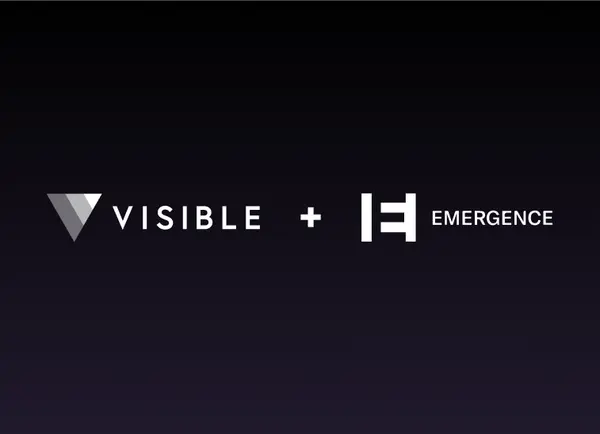Why the Best Stakeholder Management Software Matters for Founders
Founders of VC-backed businesses juggle many relationships, from investors to advisors and partners. A dedicated best stakeholder management software replaces error-prone spreadsheets with a single source of truth, boosts transparency, aligns priorities, and builds trust at every funding stage. Without a central system, updates get lost in email threads or siloed notes, leaving stakeholders feeling out of the loop. A unified platform makes it easy to schedule regular check-ins, record feedback, and track follow-ups in one place, while providing a historical log of every interaction so founders can intervene before small issues become major roadblocks.
Key Benefits and Features of the Best Stakeholder Management Software
A strong stakeholder relationship management system streamlines outreach, keeps records current, and surfaces insights automatically. Integrated stakeholder engagement tools let you create rich contact profiles with investment history and communication logs, set up automated reminders for check-ins and report deadlines, generate real-time dashboards to track sentiment and funding milestones, and customize reports to highlight the metrics investors care about most. Beyond the essentials, some platforms offer sentiment analysis to gauge investor mood based on email language or survey responses, while others include role-based access controls to ensure team members see only information relevant to their function. As your cap table evolves through successive rounds, these tools adapt to support more complex equity structures and tiered communications for different investor classes.
How to Choose the Best Stakeholder Management Tools
Not all platforms are created equal. When evaluating the best stakeholder management tools, consider ease of use so you can onboard your team in days rather than weeks, and scalability to grow with additional investors or new funding rounds. Look for integrations with your CRM, email, or financial tools, and verify enterprise-grade security through encryption and access controls. Transparent pricing tiers without hidden fees help you budget accurately. Compare general stakeholder management tools versus niche apps focused on fundraising, assess stakeholder management tools and techniques such as built-in RACI charts or audit logs, and review stakeholder management tools examples in case studies to see how other founders solved similar challenges. Running a short pilot with your core user group reveals real-world feedback on interface and workflow, while evaluating customer support responsiveness and available training resources ensures you have help when you need it. A structured scorecard approach, assigning weights to each criterion, removes subjective bias and guides you to the right choice.
Top Free Options: Best Stakeholder Management Software Free
Early-stage startups often need cost-effective solutions. The best stakeholder management software free options let you test workflows and map contacts without a credit card. Typical free tiers include basic contact record creation and tagging, a limited number of automated reminders per month, and simple report exports in CSV or PDF. Be mindful of feature caps, since you may need to upgrade for advanced workflows and more frequent reporting as your team expands. Some open-source projects offer deeper customization but require more IT support. If you choose a free tool, plan for future migration by exporting your stakeholder management plan periodically so you can switch platforms without losing historical data. You may also discover that free solutions lack built-in stakeholder engagement tools such as survey builders or sentiment analysis, which can justify budgeting for a paid option once you close your next funding round.
Essential Stakeholder Management Techniques and Skills
Tools amplify results only when paired with solid processes. Key stakeholder management skills include active listening to capture concerns and priorities accurately, empathy to tailor updates to each stakeholder’s viewpoint, and prioritization to decide which relationships need weekly versus monthly check-ins. Proven stakeholder management techniques involve using RACI charts to clarify who is responsible, accountable, consulted, and informed; establishing feedback loops that invite stakeholder input after key milestones; and setting tiered communication cadences based on influence and interest. You can learn from stakeholder management techniques examples such as a founder who used monthly surveys to increase board alignment by thirty percent. It is also valuable to schedule periodic skip-level conversations where junior team members share insights directly with major investors, fostering transparency and uncovering hidden risks.
Crafting Your Stakeholder Management Plan and Process
A template alone won’t solve misalignment—you need a stakeholder management plan and a repeatable stakeholder management process. Follow this stakeholder management model by first identifying all internal and external stakeholders, categorizing them by influence and investment stage, defining communication cadences and formats, assigning ownership for each relationship, and measuring satisfaction to adjust your approach. This five-step model ensures you cover every key voice and keep founders and backers on the same page. To operationalize your plan, map each stakeholder to a frequency and channel such as weekly email summaries, monthly video calls, and quarterly in-person reviews. Document these in your template and review them at each board meeting to demonstrate accountability. Over time, refine your approach by tracking engagement metrics such as open rates and response times, and correlating them with your funding outcomes.
Stakeholder Engagement Models and Real-World Examples
Structured frameworks guide engagement. Common stakeholder engagement models include the power-interest grid, which plots influence against level of involvement, and Mendelow’s matrix, which defines strategies for high-power/low-interest stakeholders as well as other quadrants. In practice, one seed-stage founder used a power-interest grid to shift an inactive advisor into an active mentor, demonstrating clear stakeholder management examples of improved collaboration. Another founder applied the matrix to segment angel investors, tailoring concise email updates for high-interest contacts and broader newsletter blasts for low-interest groups. By coupling these models with your chosen software, you can automate tagging rules that adjust communication types based on each stakeholder’s quadrant.
Resources: Stakeholder Management Template and PDF Guides
To jumpstart your process, download our stakeholder management template for contact tracking, communication logs, and priority matrices. Pair it with a stakeholder management pdf guide that covers best practices, question prompts for interviews, and a glossary of terms. Use the template to run quarterly reviews, updating stakeholder categories and noting any changes in influence or concerns. The PDF guide can serve as a training manual for new team members, ensuring consistency in how your organization approaches outreach. Hosting a workshop around the template helps align your team on terminology and process, turning a static document into a living playbook.
Using Stakeholder Management Tools in Project Management
Integrating stakeholder tools into your project workflow keeps every milestone aligned. With stakeholder management tools in project management, you can embed a stakeholder map directly into Gantt charts or Kanban boards, link tasks to specific stakeholders for automated notifications, and visualize engagement levels across sprints and release cycles. By weaving these elements into daily planning, founders maintain momentum and transparency from launch through exit. Consider adding stakeholder touchpoints as tasks in your sprint planning, assigning clear owners and deadlines. When a deliverable slips, automated alerts can trigger a quick check-in with affected stakeholders, turning potential surprises into proactive conversations. Over successive projects, this approach builds a reputation for reliability that strengthens relationship equity and lays the groundwork for future funding rounds.
Measuring Success and ROI of Stakeholder Management Software
After you’ve implemented a stakeholder relationship management system and defined your stakeholder management process, it’s critical to quantify its impact. Begin by tracking engagement metrics such as email open rates, response times to automated reminders, and attendance at scheduled check-ins. Compare these figures to your baseline data before adoption to see which stakeholder management techniques drove the biggest improvements. Measure changes in funding velocity, or how quickly you move from term sheet to close, and correlate that with more consistent communication patterns. For a deeper dive, calculate the time saved per week on manual tasks like updating spreadsheets and sending follow-up emails. Multiplying this by your team’s hourly rates gives you a clear dollar value for the software’s efficiency gains.
Upcoming Trends in Stakeholder Engagement Tools
The landscape of stakeholder engagement tools is evolving rapidly, driven by advances in data analytics and user experience design. Look for platforms that integrate artificial intelligence to suggest optimal communication cadences based on past engagement patterns. Natural language processing features will soon summarize long email threads and highlight action items automatically. Mobile-first stakeholder management tools will become more prevalent, ensuring founders can update their stakeholder map and review investor dashboards on the go. Finally, expect tighter integrations between your cap table management system and your stakeholder engagement tools, enabling real-time updates to equity structures directly within your project management workflows. Staying ahead of these trends ensures your stakeholder engagement models remain cutting edge and your relationships remain rock solid.
























